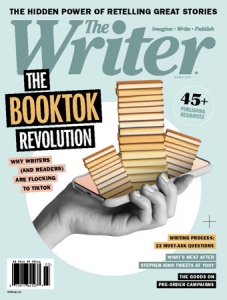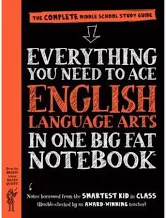How Not to Write a Letter or Blog Post
“When you write a business letter to a stranger, never keep to the point,” is Anna Stevens Read’s tongue-in-cheek advice to authors. “Indulge in lengthy discussions – for all you know, the person may not have the average amount of intelligence.”
While dripping in sarcasm, Read’s piece actually emphasizes a number of important points which content writers of every ilk would do well to heed:
Keeping to the point
In a sense, focus is the point in blog content writing. At Say It For You, we firmly believe in the “Power of One”, which means one message per post, with a razor-sharp focus on just one story, one idea, one aspect of your business, geared towards one narrowly defined target audience. Decide up front what your point it, then stick to it, is our advice to content creators.
Respecting readers’ intelligence
Over-explaining is symptomatic of authorial insecurity, K. M Weiland tells book authors. As a corporate blogging trainer, I agree. We have to assume our online readers are a) intelligent and b) by definition, interested in our subject. The University of North Carolina’s Writing Center is saying much the same thing, telling students to write their essays in a manner that treats their instructors as an intelligent but uninformed audience.
Addressing “what they want to hear”
“Do not ask yourself what your friend wishes to hear. If her interest is in clothes, describe your houseplants.” Uh-uh. At Say it For You, we teach that, in addition to having a focused topic for each blog post, writers must have a specific audience in mind, choosing the best evidence for that target audience. Smart blog content marketers know there are many subsets of every target market group, and that not every message will work on every group. Is the viewpoint you’re presenting relevant to a current need or conversation or trend?
Providing variety
“Never think of variety or of what kind of letter you last sent in that direction,” Reads quips.
In blogging, as we continue to write about our industry, our products, and our services, we’ll naturally find ourselves repeating some key ideas. But it’s the different examples we use – of ways our company’s products can be helpful or the ways problems are solved using our services – that lend variety to our blog posts. In addition, variety can be offered in sentence and paragraph length, and in the layout of the post itself.
Careful use of humor
“These directions, faithfully followed, will soon save you from the nuisance of writing letters,” Reads humorously summarizes. As a blogging trainer, I admit to having mixed feelings about humor in business blogs. While I’ve no doubt about the power of laughter to forge connections, humor has to be handled with care not to offend.
No, it’s not funny…..Keeping to the point, respecting readers’ intelligence, and providing variety – those are the very skills successful content creators must master.






Follow us online!